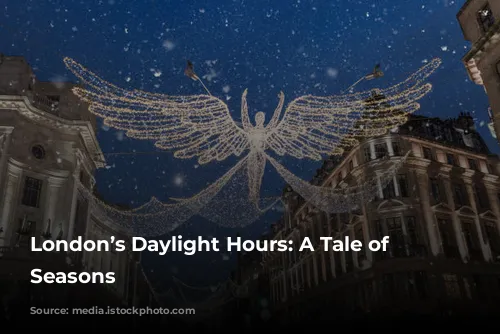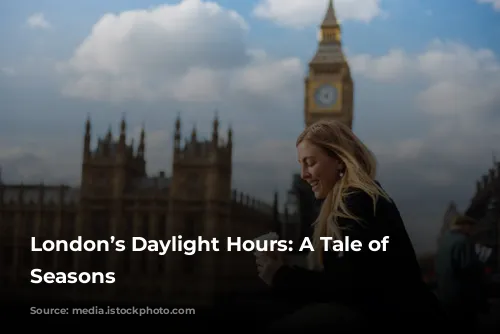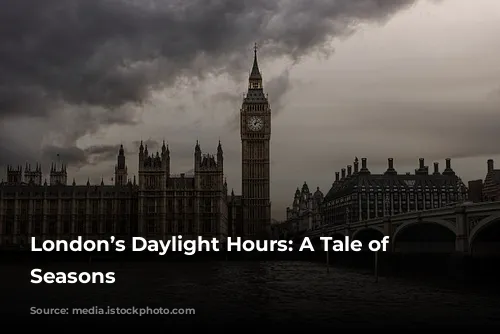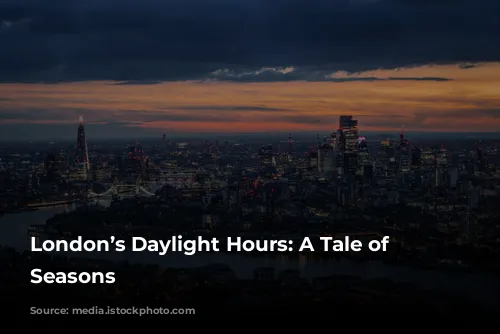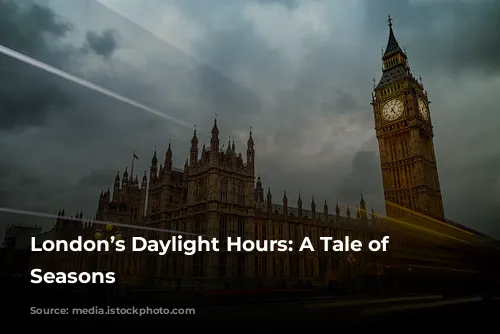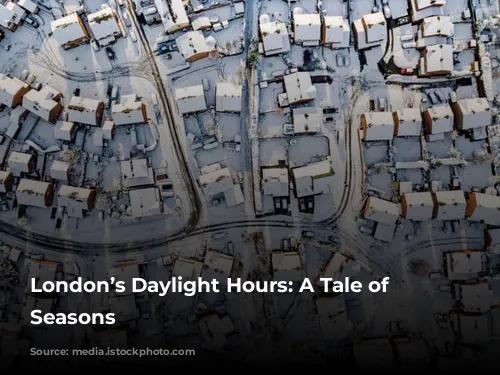When I first moved to London, I was shocked by how quickly the days grew shorter. The clocks change at the end of October, and as soon as they do, it feels like winter has arrived! By December, it was already dark when I left for work and came home. The sun didn’t even rise until around 8am and set before 4pm – talk about a mood killer! Coming from sunny California, I really missed the long daylight hours.
The long days of summer are just as dramatic. The sun starts to rise around 4am, with the birds chirping even earlier! It can be hard to get a good night’s sleep when the sun is streaming into your bedroom at 5am. And getting the kids to bed when it’s still sunny at 9:20pm? Forget about it! While we all love the sunshine, we also need our eight hours of sleep. Many Londoners use blackout curtains to block out the early morning light. These curtains are also helpful in the winter, as they provide extra insulation and keep the heat in.
A Surprisingly Temperate City
You might be surprised to learn that London is surprisingly temperate, despite its northerly location. We have the warm Gulf Stream to thank for this mild weather. It brings warm water from the Caribbean up to Western Europe, making the climate warmer than it should be for its latitude. London rarely experiences extreme cold in the winter or stifling heat in the summer. The average daytime temperature in January is around 8°C (46°F), while the average high in July is 22°C (73°F). Of course, there are some summer days when the temperature climbs above 25°C (77°F) or even 30°C (86°F). And during the winter, the temperature can dip below freezing. But most homes have some form of heating to keep you warm.

Embrace the Drizzle: London’s Rainy Days
London is known for its rain, and it does rain frequently throughout the year. While the average rainfall isn’t actually that high (around 23 inches/58 centimeters a year), it seems like the clouds descend on the city with remarkable regularity. The best solution is to always carry a small umbrella or a waterproof jacket. London does get the occasional thunderstorm, but most of the time the rain is a gentle drizzle.
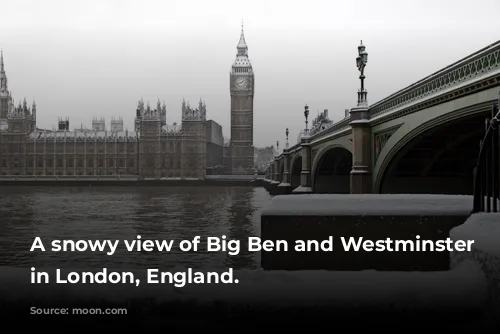
A Rare Sight: London’s Snow
London’s children might be disappointed, but snow is relatively uncommon in the city. The city generates so much heat from buildings and cars that it rarely gets cold enough for snow to fall (or stick around). Generally, London is several degrees warmer than the countryside surrounding it. When it does snow, the whole city can come to a standstill, creating chaos and misery. The Underground and train services can be disrupted by freezing weather and snow. Despite the name, the Underground is only underground in the middle of the city. As the Tube lines head out of the city center, they go aboveground, making them vulnerable to snow and ice.

The Great Snowpocalypse: London’s Winter Woes
Freezing weather and snow can also cause major problems for London’s train services, with ice on the rails often leading to cancellations and delays. But the worst hit is usually the traffic. Even a small amount of snow can create major traffic jams. This is made worse by the fact that many Londoners are not used to driving in snow and ice, and they misjudge the conditions, often resulting in accidents.
A few years ago, I was driving to a shopping mall in North London in the late afternoon when the snow started to fall. I tried to finish my shopping quickly to avoid the evening rush hour, which was sure to be even worse because of the snow. Of course, I was too late, and within an hour, the snow had piled up a couple of inches. For those of you who are used to winter snow, two inches might not seem like much, but in London, it can cause major traffic gridlock. That evening, it took me over two hours just to get out of the mall’s parking lot! The snow came down so quickly, and the local council hadn’t had time to salt the roads. The situation was made worse because the mall entrance was on a slight hill. Drivers after drivers struggled to make it up the hill in the snowy conditions. This, combined with drivers who were not used to driving in the snow, led to accidents and traffic jams as everyone tried to escape the crowded mall. I later heard that some people were stuck in the mall all night and had to spend the night there. So be warned: if it starts to snow in London, the city will come to a standstill until the snow melts.
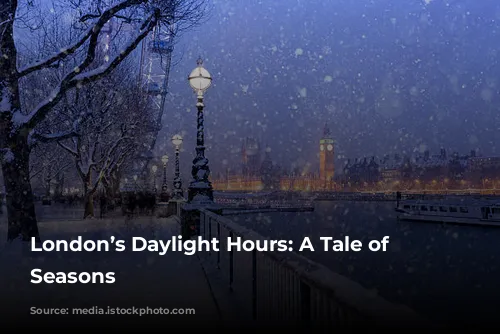
Climate Change and London’s Weather: A Changing Landscape
It’s also worth noting that Britain’s usual weather patterns might be changing. After more than a decade of mild winters, the past few years have brought colder temperatures and wetter conditions to the UK. This increase in extreme weather events could be part of Northern Europe’s long-term weather cycles, or it could be a sign of climate change. If Britain is experiencing climate change, London will need to get more organized about dealing with the effects of wet or snowy weather.
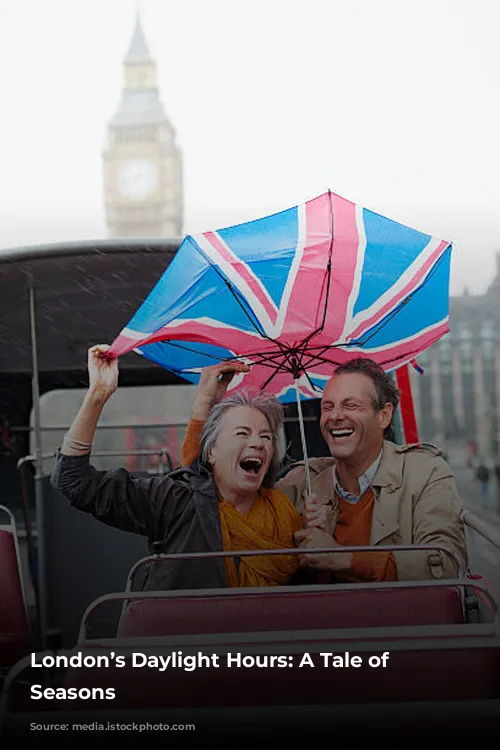
London’s Summers: A Pleasant but Not Scorching Affair
London rarely has sweltering summers. The best we can hope for is a few days in the low 80s (F), when London becomes pleasantly warm, and everyone heads to the parks to enjoy the sunshine. It’s important to remember that London homes are not usually designed for long, hot summers. You’re unlikely to find (or need) a house with air conditioning. I can only remember one unbearably hot summer in my 20 years of living in London—the summer of 2003. Otherwise, we just have the occasional heatwave that lasts a week or two. For the most part, London’s summers are fairly damp, as any Wimbledon tennis fan can tell you.
